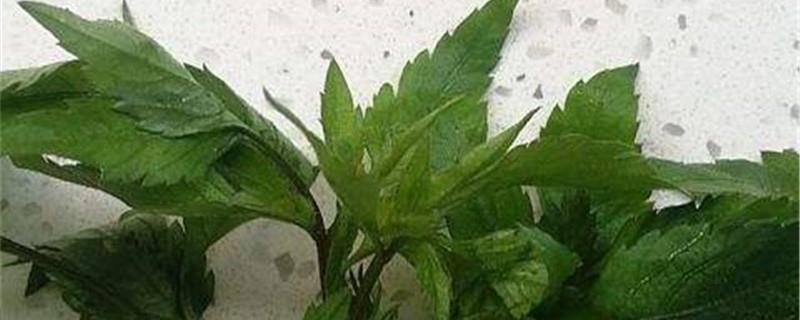How to grow Ashitaba
Last Update :2024.04.24
Article Catalog
Soil: It is recommended to use slightly acidic culture soil with medium fertility and pH around 6.0 for planting Ashitaba. Light: Avoid strong sunlight, otherwise it will easily lead to hard stems and leaves of the plant and poor quality. Temperature: It is recommended to keep it between 12-22℃. Watering: It is neither drought tolerant nor waterlogging tolerant. After planting, you need to water the seedlings several times until they survive. Fertilization: Do not harvest the roots at every harvest. Top-dressing fertilizers should be applied promptly after harvesting to help them germinate again.

1. Soil
1. Soil
Cultivation of Ashitaba does not require the use of very fertile soil, medium fertility is sufficient. Slightly acidic soil with a soil pH of around 6.0 is most suitable. Cannot be done consecutively. When breeding, you can sprinkle some charcoal on the bottom of the soil to increase soil permeability.
2. Light
Avoid strong sunlight, which can easily lead to hard stems and leaves of plants and poor quality. It is best to cultivate in a ventilated place with a certain amount of shade. It is better to cultivate on the shady side of the hillside and in a greenhouse.
3. Temperature
Its optimal growth temperature is no less than 12 degrees Celsius and no more than 22 degrees Celsius. It cannot tolerate high temperatures. You should pay attention to avoid the heat during the high temperature period in summer, and avoid being exposed to high temperature for a long time.
4. Watering
Ashitaba is neither drought-tolerant nor waterlogging-tolerant, so after planting, you need to water the seedlings several times until they survive. However, preparations for drainage and waterlogging must be made at all times to prevent root rot and death. It is best to keep the surrounding air moist at ordinary times, which is conducive to its growth.
5. Fertilization
Do not harvest the roots at each harvest. Timely top dressing and other treatments can allow new shoots to sprout again.
6. Precautions
1. Pay attention to pests. During the spring and autumn periods when insect pests are common, roots can be irrigated with 80% trichlorfon 1000 times every 5-7 days for 2-3 consecutive times for effective control.
2. Weeds around it should be cleaned regularly. If it is not cleaned up in time, problems such as root chaos and slow growth may occur.
3. Temperature
4. Watering
5. Fertilization
6. Precautions
- END -
When will Shawo radish be available and when will it be planted?

The growth of Shawo radish requires fifteen hours of sunshine every day. It is car...
Breeding methods and precautions for Xingdou

Pot soil: When raising a star bag, the flowerpot should be well breathable, and th...